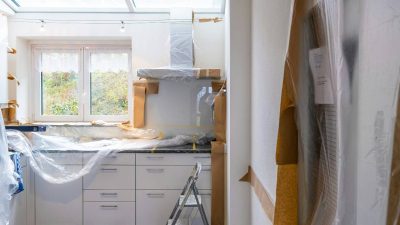It is fair to say that life has changed for most people over the last couple of years. Personal circumstances have dictated new routines and new ways of living post Covid and this is also the same for businesses.
Many organisations, large and small, across all sectors have had to adapt to new ways of working and accept that there is a new norm in place to help employees and to get the best out of them.
According to research carried out by the Office for National Statistics (ONS) in February last year, more than 8 in 10 people who had worked from home during the pandemic restrictions were planning to follow a hybrid model in the future. Roll forward a few months and in May 2022, when restrictions had been lifted, 24% of people were hybrid working with a further 14% working exclusively from home.
Attempting to shift staff back to the office full time would likely be met with considerable resistance as three out of four who work part or full-time at home have reported an improved work/life balance. These staggering statistics have now, therefore, resulted in a conundrum for players in the design and construction of affordable homes.
More flexible design model to allow for home working
There is no question that many of us in the past, thanks to looming deadlines or sheer volume of tasks, will have brought work home. No doubt this was completed at the kitchen table, a quiet corner of a bedroom or even in front of the TV. Occasional and one-off tasks are not the same as hybrid or full-time working from home, which both require more space and the right equipment. Ergonomic chairs might have been a fanciful notion in years gone by, but they are now essential in employers’ efforts to keep staff fit and healthy. How many of us also work from two screens, which take up considerable space?
But office equipment is just a small part of the story and anyone involved in construction may now be thinking about designing homes that will easily allow for home working. With space often at a premium in new build homes, will we see architects embedding a more flexible design model to create working spaces?
It might be that larger, older properties will become more attractive for developers with more flexibility in potential layouts, quite apart from the obvious benefits of carbon capture associated with such projects.
Those in the affordable housing sector need to be creative to address current issues and to meet the needs of the tenants they are there to serve. Hybrid working, or working full-time from home, are here to stay and it is incumbent on all those in the sector not only to recognise that, but also to do something about it.












